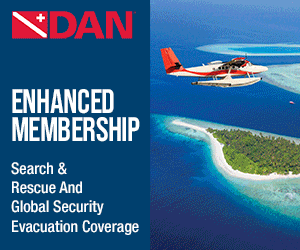South Australia’s Great White Shark Adventure
Great white sharks are capricious fish. They are iconic, impressive, photogenic, and awe-inspiring but also frustrating. That frustration is not all about the animal — part of it is how few places in the world you can go to see them.

